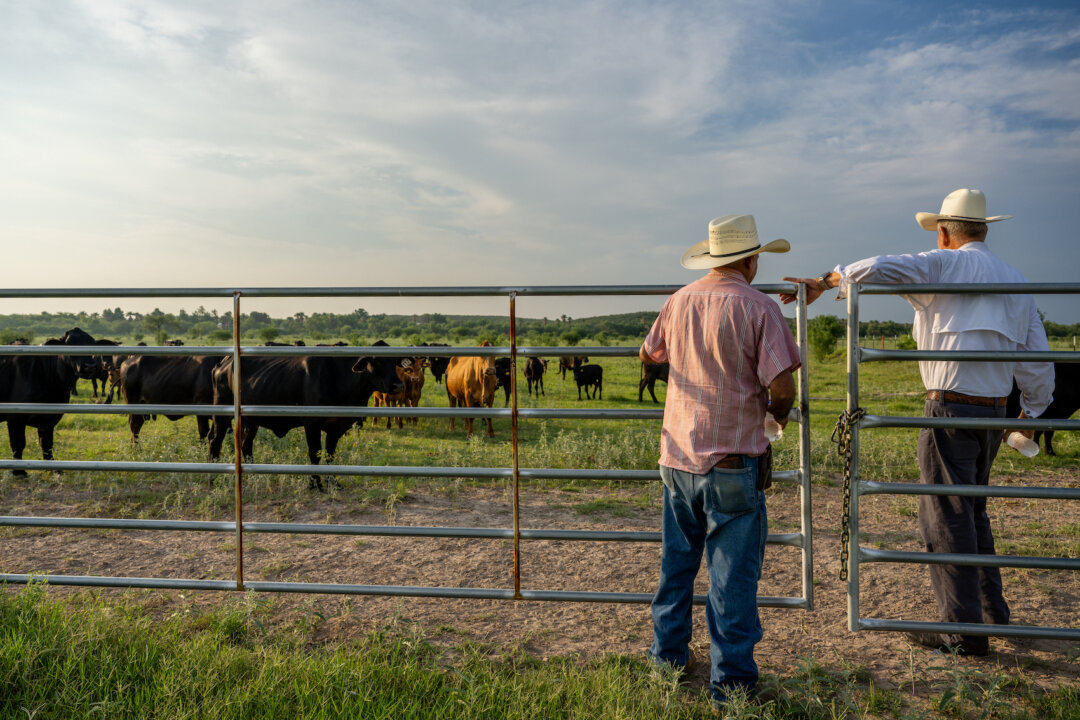
www.theamericanconservative.com
Mass Shooting Targets Hanukkah Event in Australia
Two shooters of Middle Eastern descent opened fire Sunday on a Hanukkah event hosted by the Chabad at Australia’s popular Bondi Beach, killing 15 and wounding dozens more in the deadliest terror attack ever on Australian soil.
Sajid Akram and his son Naveed began shooting attendees at the event Sunday afternoon. The attackers used rifles and shot at victims from a nearby park, killing 13 and wounding an additional 44; two of the wounded subsequently died from their injuries. One of the shooters was tackled by a passerby, Ahmed al-Ahmed, who wrestled his gun away from him and forced him to retreat and join the other gunman.
Arriving police engaged the shooters in a firefight, killing Sajid and leaving Naveed gravely wounded. Naveed was hospitalized in critical condition under police guard.
Naveed was known to Australian intelligence services and had been investigated for ties to ISIS in 2019, the Australian public broadcaster ABC said. Two ISIS flags were reportedly found in the suspects’ car at the scene of the shooting.
The shooting has led to calls for stricter gun control and a crackdown on antisemitism in Australia.
The post Mass Shooting Targets Hanukkah Event in Australia appeared first on The American Conservative.















